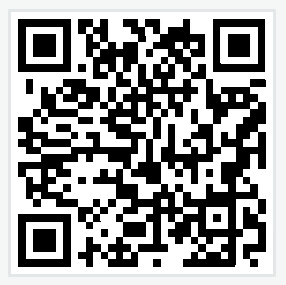Quite Risky: 5 inappropriate places to have QR codes
October 5, 2011 1 Comment
Marketers love technological advances that provide novel ways to connect with consumers. One such area which is experiencing growth, both in technology and application, is mobile marketing. As mobile phones get smarter it becomes easier for marketers to get to know us and sell to us, wherever we are.
A recently popular mobile marketing strategy is the use of QR (quick response) codes. I won’t bore you with the technical details but basically they are a matrix barcode which when scanned by a smartphone, directs the user to a particular webpage, delivers a SMS or even prompts the user to make a phone call.
QR codes are commonly included on print and outdoor advertising, as well products themselves, and are an effective method of integrating various marketing communications mediums and achieving campaign synergies.
However, as QR codes become increasingly common, it is logical to expect that they will pop up in some inappropriate places. Following extensive field work, AnthonySchumann has compiled a list of the most inappropriate places for QR codes.
Note: These are not hypothetical situations, we actually encountered them.
5 inappropriate places to have QR codes
5. The toilet cubicle door
Print advertising is commonly placed on cubicle doors, as marketers know that they will have an attentive audience. However is it socially acceptable to be snapping away with your phone in the cubicle? What is the person next door thinking if they hear the camera snap?
4. At the gym
Why aren’t QR codes used more at the gym, especially on cardio machines? You are guaranteed an attentive audience, and with smartphones doubling as music players, many people have their phones with them at the gym. But I digress.
There is a social risk in photographing a QR code lodged on a cardio machine, particularly if bystanders think you are snapping an action shot of the attractive woman on the Stairmaster for your personal records.
3. At airports
With the combination of bored travelers and plenty of opportunities for print advertising, airports seem like a logical place to have QR codes. However, for obvious reasons, security at airports has increased over the past decade.
Do you really want potential customers being asked by security why they are taking pictures of various signposts at the airports?
2. On fast food packaging
Why is this bad? It seems perfectly reasonable to expect that after eating a meal, that a QR code can direct your customer to a website further reinforcing the experience with the brand. However, fast food is always more appealing before it is eaten, and the aftermath of fast food is often a greasy, sticky mess.
Do you really want the QR code obscured by a piece melted piece of cheese or covered by saturated fats making it unreadable? If your customer has just eaten their weekly intake of fats and sodium, this is not the kind of message you want a QR code to reinforce.
1. Above the urinal
Print advertisements are often placed above urinals in male restrooms. Again the theory here is you have an attentive audience who will see your advertisement and QR code.
However, the act of simply using a busy urinal is a complex dilemma for many men as it is. Where do I stand? Where do I look? Do I talk? What if I get stage fright – do I leave in shame or do I persevere?
But as a nervous consumer, the last thing you want to be doing in this situation is taking out your camera phone. Especially if you are standing next to a guy who thinks you are trying to take a photo to remember the experience.
…
In closing, the message from these examples is don’t just use technology without asking yourself some basic, logical questions.
There’s nothing more embarrassing than embarrassing your customers.
Well did we miss any? Are there any inappropriate places you have seen a QR code?
//Alec Schumann



